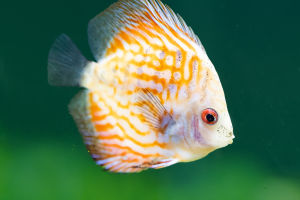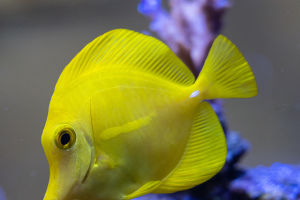The woodpecker is a small bird found worldwide, typically measuring 10-40 cm in length and weighing 3-400 grams.
Woodpeckers possess a distinctive body structure, featuring a hard, sharp bill used for pecking wood, ants, or fruit. Additionally, woodpeckers boast vibrant and colorful plumage, contributing to their renowned status in the avian realm. Below, we will share intriguing insights about these marvelous creatures.
Woodpeckers possess prominent beaks, some reaching lengths of up to 20 cm. These beaks are incredibly sturdy, enabling them to easily penetrate tree bark or wood. Certain woodpecker species exhibit uniquely shaped beaks adapted to their respective environments. Some sport short, thick, and curved beaks, ideal for pecking at dense hardwood, while others possess longer, thinner beaks suited for extracting small, elusive insects or fruits.
The woodpecker's feet consist of two long toes and two short backward-facing toes. This foot structure is considered one of the key factors contributing to their ability to thrive in diverse habitats. When leaping from branches to tree trunks, woodpeckers employ their long, robust toes to stabilize their bodies, while the shorter toes provide support upon landing.
Woodpeckers stand apart from other avian species due to their unique feeding behavior, combining pecking at tree trunks to obtain sustenance. They employ two distinct pecking strategies: "Point pecking" involves gradually pecking at the trunk until a small hole is formed, enabling access to food. The "long-hole pecking" technique entails vigorous beak strikes, creating elongated holes that both intimidate competitors and allow for deeper foraging. Although this pecking habit can cause tree damage and, in some cases, tree death, it also offers opportunities for natural regeneration and new growth, creating habitats for other species.
Woodpeckers exhibit fascinating socialization patterns in their natural habitats. They communicate with their mates through sharp, small sounds, and some engage in tree drumming, simulating knocking on wood to attract the attention of potential partners.
Breeding seasons are often memorable as woodpeckers fill the woods with resounding calls, wing beats, and captivating behaviors. This unique avian species, the woodpecker, holds immense ecological and cultural significance globally, owing to its distinct physical characteristics and feeding habits.
Native American cultures attribute mystical energy and healing powers to the woodpecker, considering it an important symbol. In Southeast Asia, the woodpecker's beak is utilized to craft a traditional musical instrument known as the mouth string, captivating people with its melodious tunes.
Furthermore, woodpecker morphology and ecology serve as crucial subjects of scientific study. Their feeding patterns, pecking strength, and more pose intriguing questions warranting further investigation. Simultaneously, woodpeckers play a vital role in ecosystems, influencing the balance and diversity of species within forests by shaping tree structure and growth environments. Woodpeckers are not only fascinating birds but also serve as indicators of ecosystem health. Studying their behaviors and habitat preferences provides valuable insights into the well-being of forests and their inhabitants.
By monitoring woodpecker populations and understanding their ecological roles, conservationists can gauge the overall health of the environment and take necessary steps to preserve it. Additionally, raising awareness about the importance of woodpeckers can inspire people to appreciate and protect these remarkable creatures.


